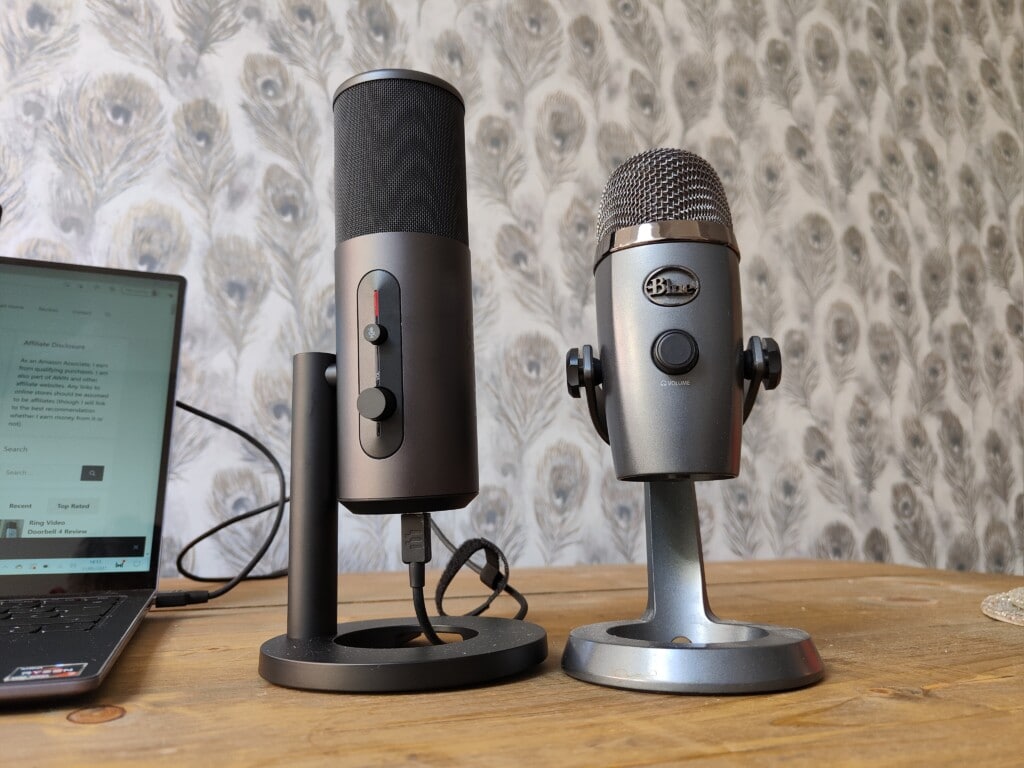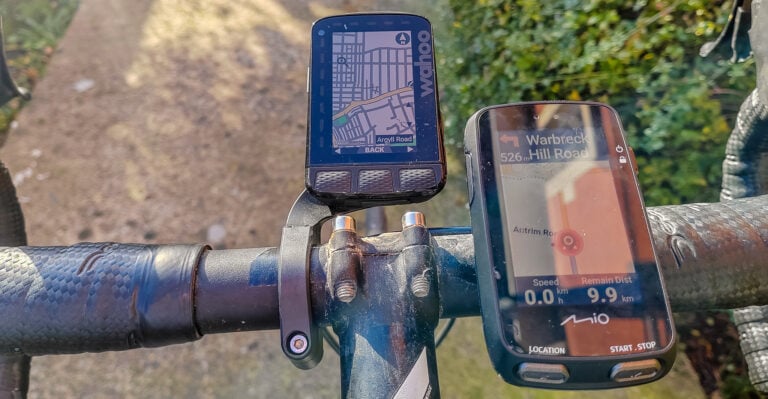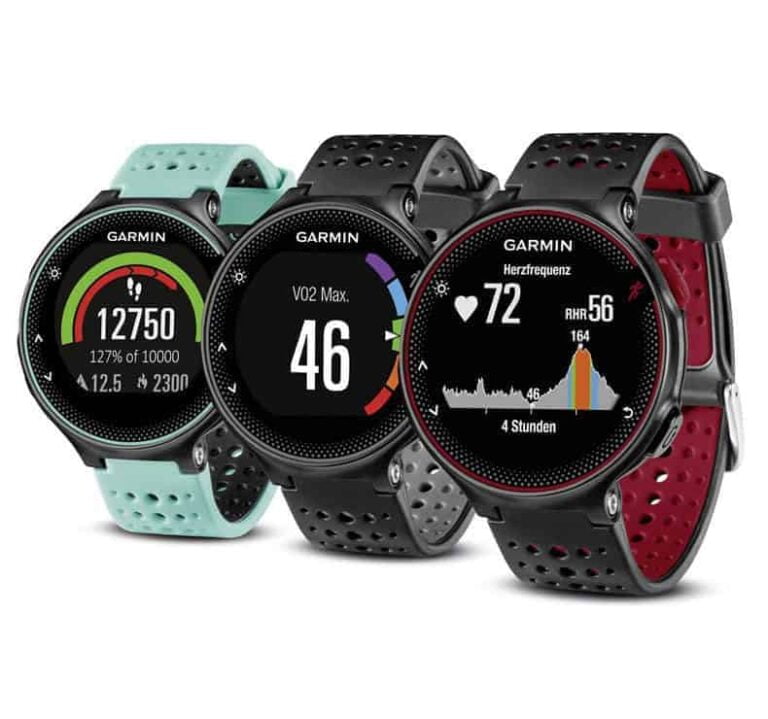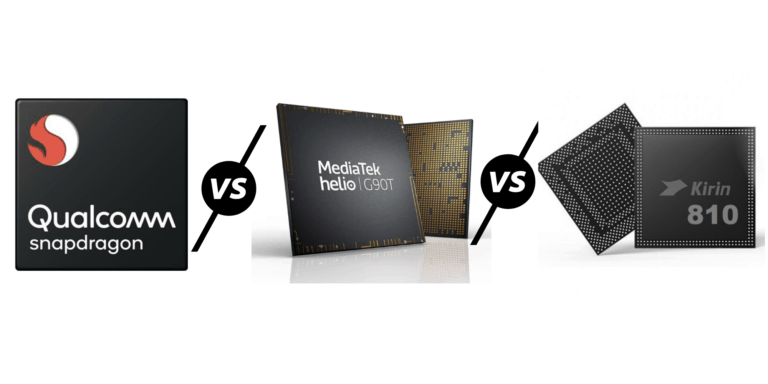Any links to online stores should be assumed to be affiliates. The company or PR agency provides all or most review samples. They have no control over my content, and I provide my honest opinion.
This article was originally published on Make the Sound Better. While I have updated most of the articles that have been transferred over, this article is mostly unedited.
USB microphones have become increasingly popular among musicians, podcasters, YouTubers, and other content creators in recent years. These microphones offer the convenience of being able to directly connect to a computer via USB, eliminating the need for a separate audio interface. In this article, we will be exploring USB microphones, how they work, the different types available, their advantages, factors to consider when selecting one, popular brands and models, best uses, how to connect them to your computer, and tips for recording and editing audio.
USB Microphone Reviews
- Cherry UM 6.0 Advanced USB Microphone Review
- 512 Audio Tempest USB-C Microphone Review
- Roccat Torch USB Microphone Review
- EPOS B20 Review
How USB microphones work
USB microphones operate in the same way as traditional microphones, but they come with a built-in analog-to-digital converter, which converts the analog sound waves picked up by the microphone into digital signals that can be processed and recorded by a computer. The microphone connects to the computer via USB cable, which also provides power to the microphone.
Types of USB microphones
There are several types of USB microphones available on the market, including condenser microphones, dynamic microphones, and ribbon microphones. Condenser microphones are the most common type and are ideal for recording vocals, acoustic guitars, and other instruments that produce high-frequency sounds. Dynamic microphones are better suited for recording loud sounds, such as drums and electric guitars, while ribbon microphones are often used for capturing the natural sound of acoustic instruments.
Advantages of USB microphones
One of the biggest advantages of USB microphones is their convenience. They are easy to set up and use, and they eliminate the need for a separate audio interface, which can be costly and complicated. USB microphones are also portable and can be used on the go, making them a great option for musicians and podcasters who need to record outside of a studio environment.
Factors to consider when selecting USB microphones
When selecting a USB microphone, there are several factors to consider, including microphone type, frequency response, polar pattern, sensitivity, and impedance. It is also important to consider the intended use of the microphone and the environment in which it will be used. For example, a condenser microphone may not be the best choice for recording in a noisy environment, while a dynamic microphone may not be ideal for recording vocals.
Top brands of USB microphones
There are several top brands of USB microphones on the market, including Blue, Audio-Technica, Rode, Shure, and Samson. These brands offer a range of high-quality USB microphones that are suitable for a variety of applications.
Popular models of USB microphones
Some of the most popular models of USB microphones include the Blue Yeti, Audio-Technica AT2020USB+, Rode NT-USB, Shure MV5, and Samson Meteor. These microphones offer excellent sound quality and a range of features that make them ideal for a variety of applications.
Best uses for USB microphones
USB microphones are ideal for a variety of applications, including podcasting, vlogging, live streaming, voiceovers, and music recording. They are also a great option for gamers who need to communicate with other players during online gameplay.
Connecting USB microphones to your computer
Connecting a USB microphone to your computer is simple. All you need to do is plug the microphone into a USB port on your computer and select the microphone as the input device in your recording software.
Recording with USB microphones
When recording with a USB microphone, it is important to ensure that the microphone is positioned correctly and that the recording environment is quiet. You should also adjust the microphone’s gain and volume levels to achieve the desired sound quality.
Editing audio from USB microphones
Once you have recorded your audio with a USB microphone, you can edit it using a variety of software programs, including Audacity, Adobe Audition, and GarageBand. These programs allow you to adjust levels, add effects, and clean up any unwanted background noise.
In conclusion, USB microphones offer a convenient and affordable way to record high-quality audio for a variety of applications. When selecting a USB microphone, it is important to consider factors such as microphone type, frequency response, polar pattern, sensitivity, and impedance, as well as the intended use of the microphone and the environment in which it will be used. By following these tips and recommendations, you can find the perfect USB microphone for your needs and create professional-quality audio recordings.
I am James, a UK-based tech enthusiast and the Editor and Owner of Mighty Gadget, which I’ve proudly run since 2007. Passionate about all things technology, my expertise spans from computers and networking to mobile, wearables, and smart home devices.
As a fitness fanatic who loves running and cycling, I also have a keen interest in fitness-related technology, and I take every opportunity to cover this niche on my blog. My diverse interests allow me to bring a unique perspective to tech blogging, merging lifestyle, fitness, and the latest tech trends.
In my academic pursuits, I earned a BSc in Information Systems Design from UCLAN, before advancing my learning with a Master’s Degree in Computing. This advanced study also included Cisco CCNA accreditation, further demonstrating my commitment to understanding and staying ahead of the technology curve.
I’m proud to share that Vuelio has consistently ranked Mighty Gadget as one of the top technology blogs in the UK. With my dedication to technology and drive to share my insights, I aim to continue providing my readers with engaging and informative content.








